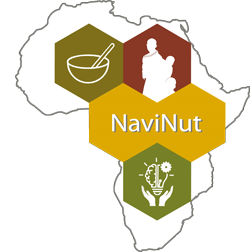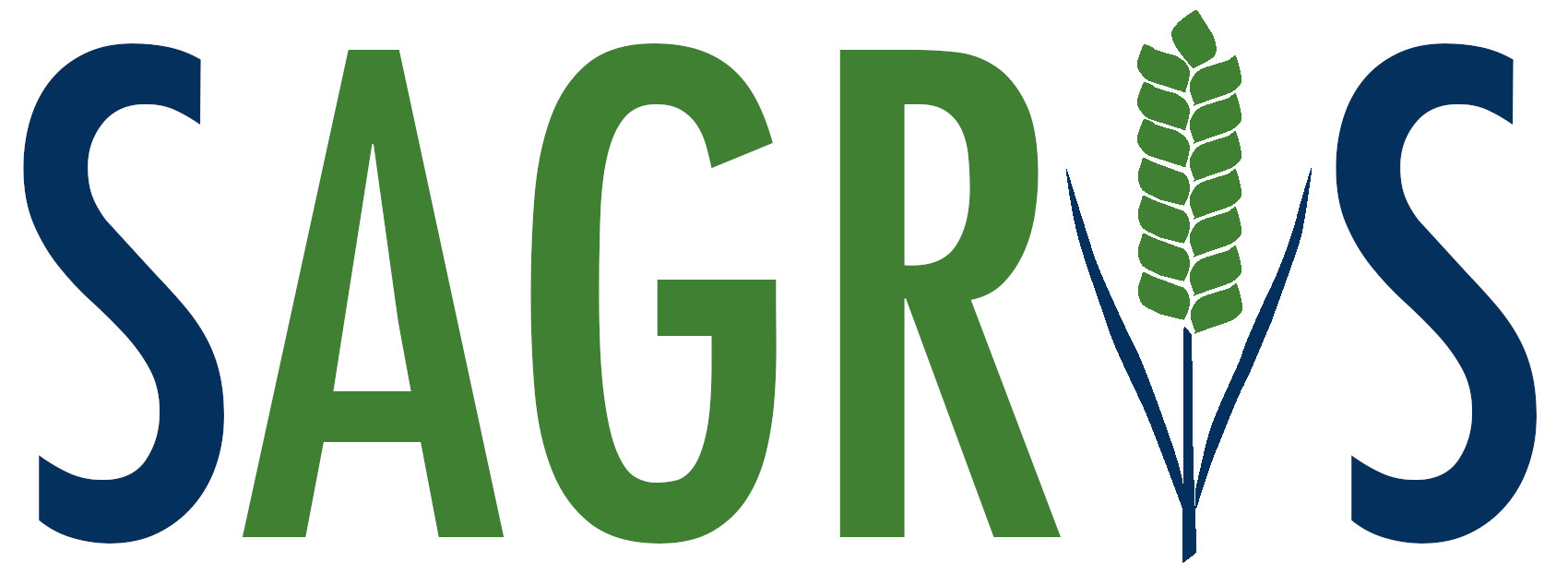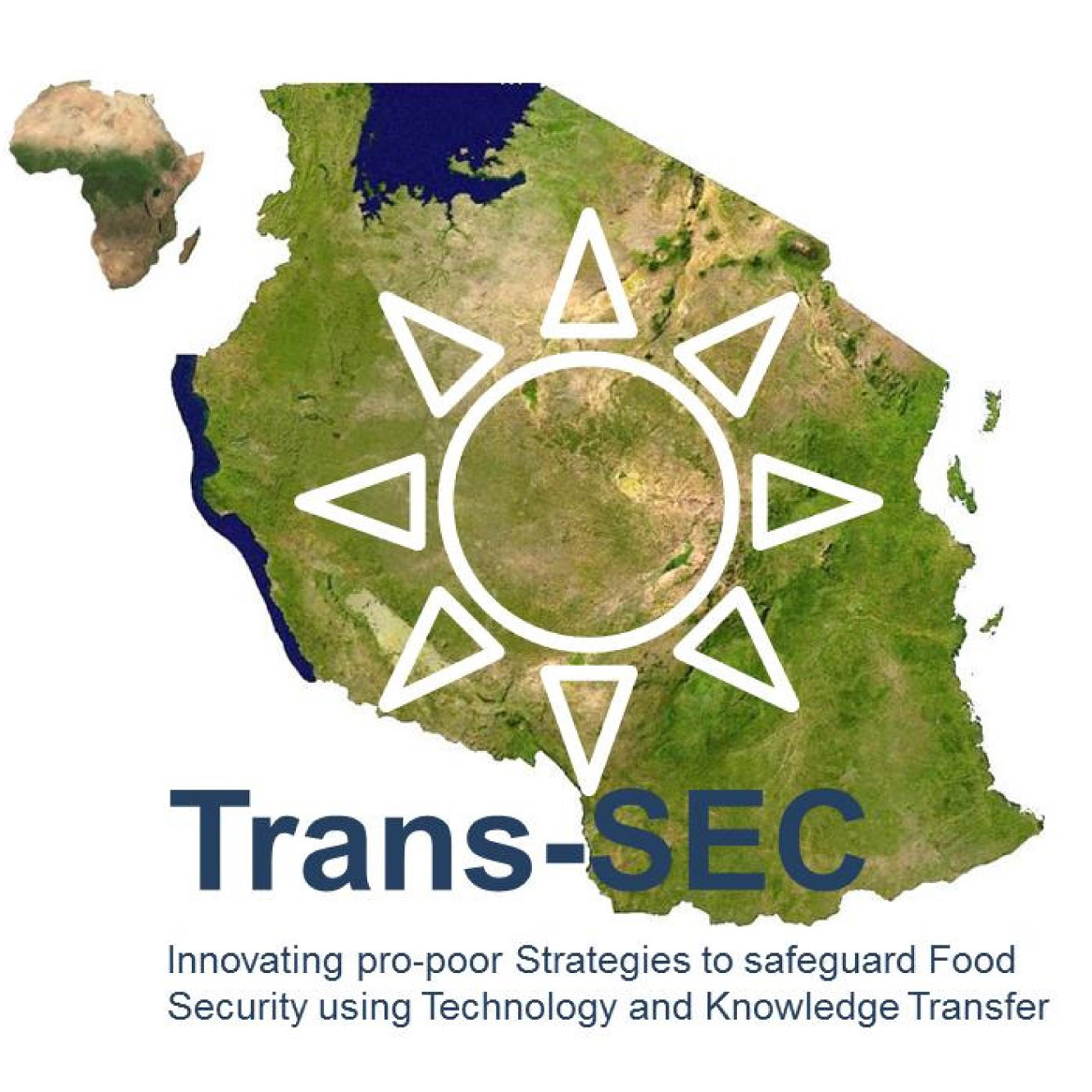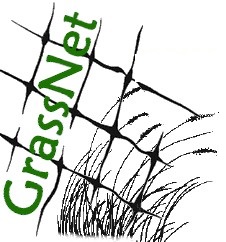Diversity in livestock resources in pastoral systems in Africa
Scientific and Technical Review of the Office International des Epizooties (Rev. Sci. Tech. Off. Int. Epiz.), 35(2), 445–459, https://doi.org/10.20506/rst.35.2.2535Pastoral systems are important producers and repositories of livestock diversity. Pastoralists use variability in their livestock resources to manage high levels of environmental variability in economically advantageous ways. In pastoral systems, human-animal-environment interactions are the basis of production and the key to higher productivity and efficiency. In other words, pastoralists manage a production system that exploits variability and keeps production costs low. When differentiating, characterising and evaluating pastoral breeds, this context-specific, functional dimension of diversity in livestock resources needs to be considered. The interaction of animals with their environment is determined not only by morphological and physiological traits but also by experience and socially learned behaviour. This high proportion of non-genetic components determining the performance of livestock means that current models for analysing livestock diversity and performance, which are based on genetic inheritance, have limited ability to describe pastoral performance. There is a need for methodological innovations to evaluate pastoral breeds and animals, since comparisons based on performance 'under optimal conditions' are irrelevant within this production system. Such innovations must acknowledge that livestock or breed performance is governed by complex human-animal-environment interactions, and varies through time and space due to the mobile and seasonal nature of the pastoral system. Pastoralists' breeding concepts and selection strategies seem to be geared towards improving their animals' capability to exploit variability, by - among other things - enhancing within-breed diversity. In-depth studies of these concepts and strategies could contribute considerably towards developing methodological innovations for the characterisation and evaluation of pastoral livestock resources.






 NaviNut
NaviNut





